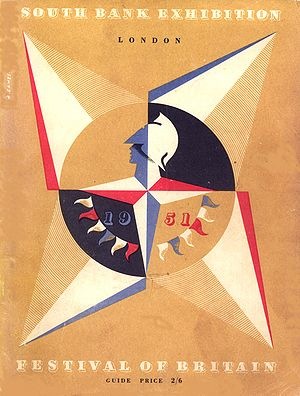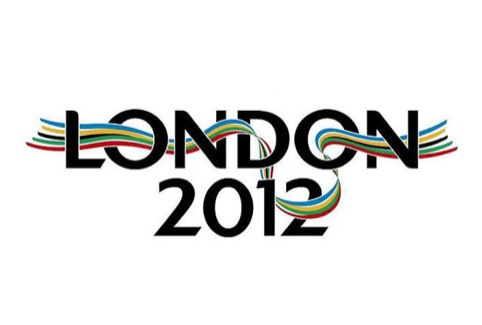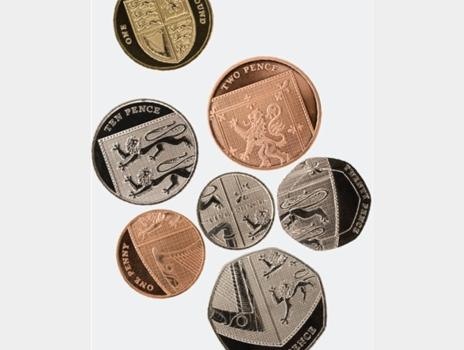Editor’s blog
So here we are again, facing another challenge to the design industry’s prowess in identity design.
As things stand, the search for a logo to mark the Queen’s Diamond Jubilee in 2012 will not involve D&AD or even the Design Council. Instead, legendary BBC kid’s programme Blue Peter will be the conduit for entries – and they won’t come from seasoned creatives, but from three categories of children aged between six years and 14. We’re unlikely to see an icon of the calibre of Abram Games’ seminal Festival of Britain logo to emerge.

So what does this say for the British establishment? It suggests it is taking the fashionable notion of crowd-sourcing – surely another name for free-pitching – to its limits, elevating what might otherwise have been a fun school exercise into a real proposition.

The London Olympics organisers made a half attempt to ‘democratise’ design its trawl for the bid logo – at least won by a design group in that instance. The Royal Mint, meanwhile, seems bent on a course of ‘public’ design – though again the coins by designer Matt Dent went on to win, not just the contest, but a D&AD 2009 Black Pencil too.
There’s little hope of that happening with the Diamond Jubilee – unless, of course, a creative prodigy is unearthed in the way you could say Design Museum director and world-class design commentator Deyan Sudjic was first ‘recognised’ through his teenage involvement in the controversial Schoolkids issue of Oz published in 1970 by the ‘underground’ magazine. The exercise involves school students not the public at large.

The message for the design community is more telling though. We are not short of the talent, wit and sensitivity it takes to get this sort of job done, but we lack leadership as an industry and champions strong enough to argue our case from within or outside our community. We plainly have no serious lobbyists at a time when politics is all.
A few years ago the design community had caught the attention of the royals sufficiently for the Queen to host a star-studded reception at Buckingham Palace for designers of all disciplines. We never quite knew what prompted a very enjoyable evening, but it is clearly a contact we in the industry didn’t nurture sufficiently to enable us to be seen as a professional force.

The links between design and the royals are stronger than that though. Prince Albert aside, the Duke of Edinburgh has been ‘one of us’ for years. His patronage of bodies such as the Chartered Society of Designers and the prestigious Prince Philip Designer’s Prize, the 51st recipient of which will be named next week, are far more than ceremonial duties for him.
We need to change this scenario pretty quickly. Though events such as the Olympic Games and a royal jubilee are, in many ways, fleeting festivities all eyes will be on the UK momentarily in 2012. And where will design be? – represented by Big Society manifestations is where.





It’s hard not to agree with the idea of ‘people power’ and engaging the public – on the other hand its totally unacceptible to put the design world through yet another free pitch scramble- save your time guys- don’t do it , unless of course you’ve got nothing else to do..
As a regular contributor to Blue Peter’s campaigns and competitions in the 1960s and 1970s I am proud to say that I have now moved on to design medical devices and other contrapsions. Leave logos to the kids man!!!
I was a small kid in 1977 – the Queen’s Silver Jubilee – for me it was about fancy dress and street parties, jelly and ice cream. Let the kids have some fun, be part of something important, take pride in their country. After all, some grown-up, design professionals create identities that could have been done by kids…
Crowdsourcing was first unleashed as a methodology to engage consumers in suggesting improvements to existing products and services (user-perspective; incremental improvement; not innovation).
Ideas were filtered by professionals to add user insight to professional development. Nothing wrong with that
However, utilising that same process to illicit ideas from the professional communities, without any economic or professional reward system in place – is likely to relegate a potential new trading platform for creative industries to the ‘free-pitch’ bin.
Crowdsourcing should not, in my personal opinion, be used in a B2B commercial context, where apart from customers benefitting from better solutions, the only commercial beneficiary is the profit enhanced brand owner.
Co-creation and shared risk and reward open innovation initiatives are far better suited to creative industries in this more open society push. But rewards in B2B open innovation need to be equitable.
The irritating thing is that those pushing B2B crowdsourcing and or open source, are those who do not make their living from problem-solving creativity. But they crave access to it for largely their own bottom line benefit. .
That said, the industry will need to face up to changes and new models. See www,creativebarcode.com – an open protection system designed to underpin the changes and enable the professions to participate on their own terms.
It won’t stop the Diamond Jubilee logo from being designed by School Children now that the Blue Peter train is out of the station – but it might provide a basis for professional designers to combat the unremunerated rise and rise of design by competitions, crowdsourcing and open source.
There are a growing number of organisations and individuals trying to turn this around into more appropriate and positive engagement model.
But they need, as ever, the professions to stand up and be counted – otherwise their efforts will be in vain.
Well done Lynda for bringing it into sharp focus once again
it’s all about the publics perception of design and designers, we have a flair, it’s not real work, anyone can be a designer all you need is a pencil and time on your hands
I personally will not partake in any free pitch, I insist on being treated as a qualified professional, otherwise I walk away
Until designers stand up and be counted and act in a truly professional manner, we will continue to be treated in the way that we are in this venture
I am so pleased to see designweek voice its concern, lets see more related magazines take up the challenge. Remember the old adage: ‘If you pay peanuts you get monkeys’